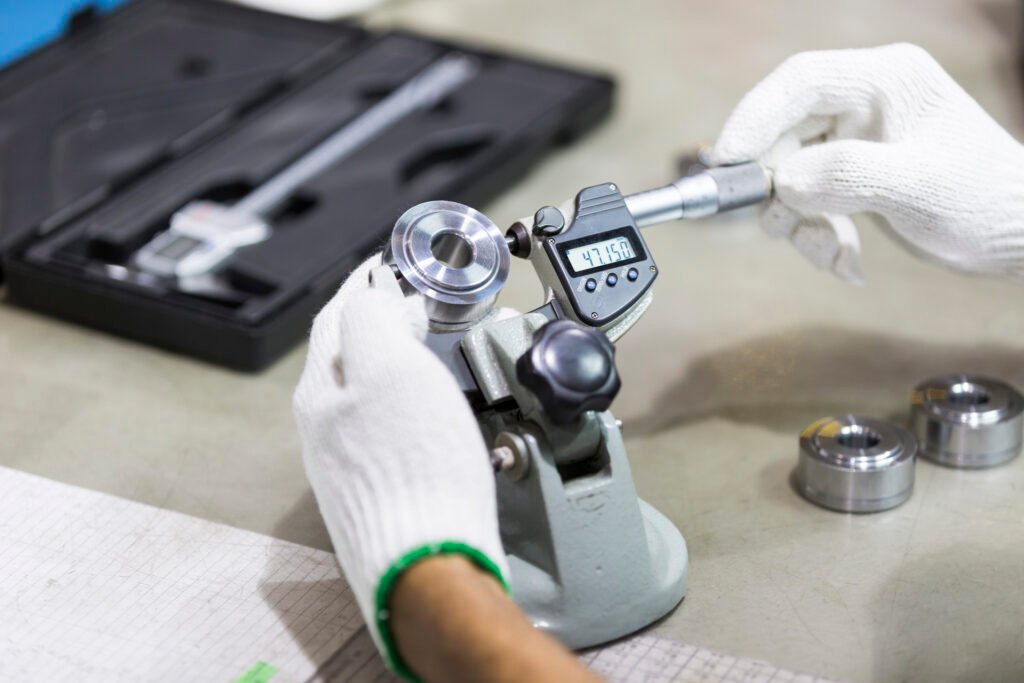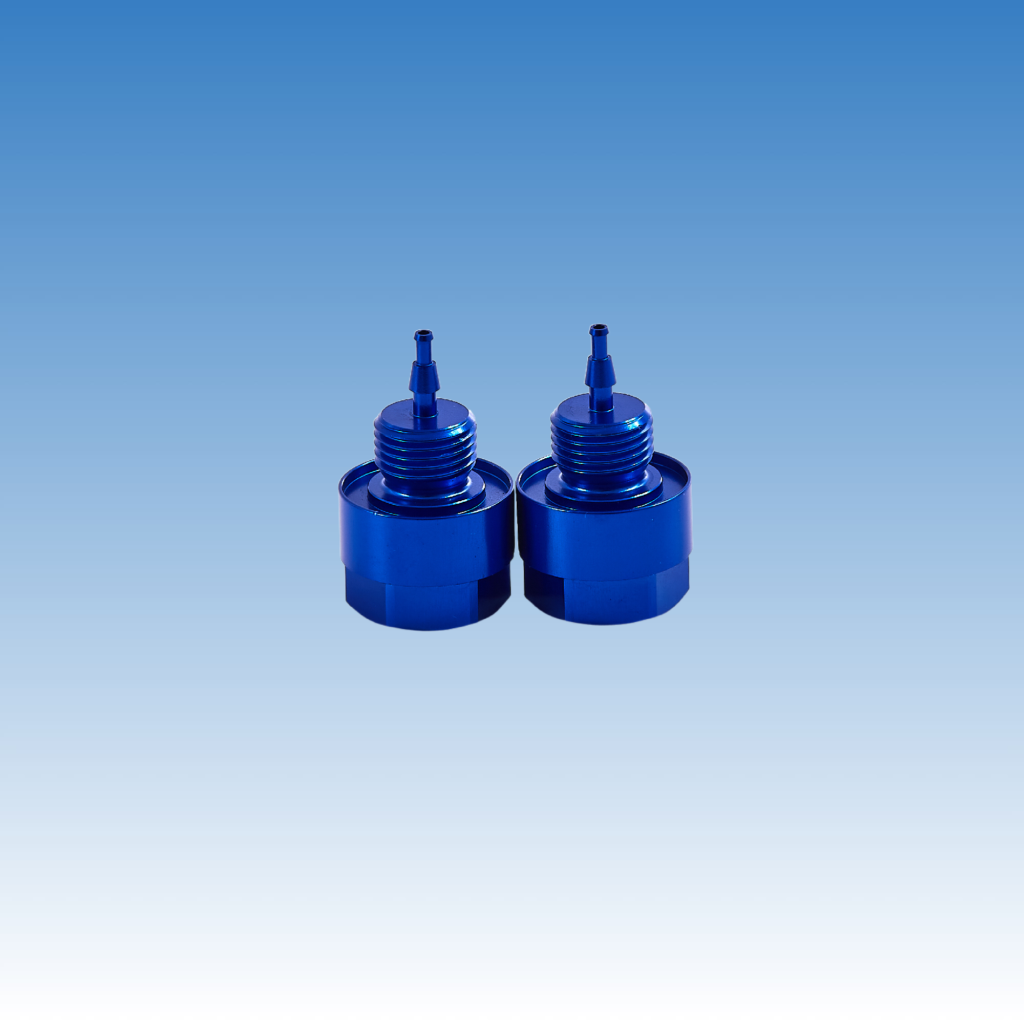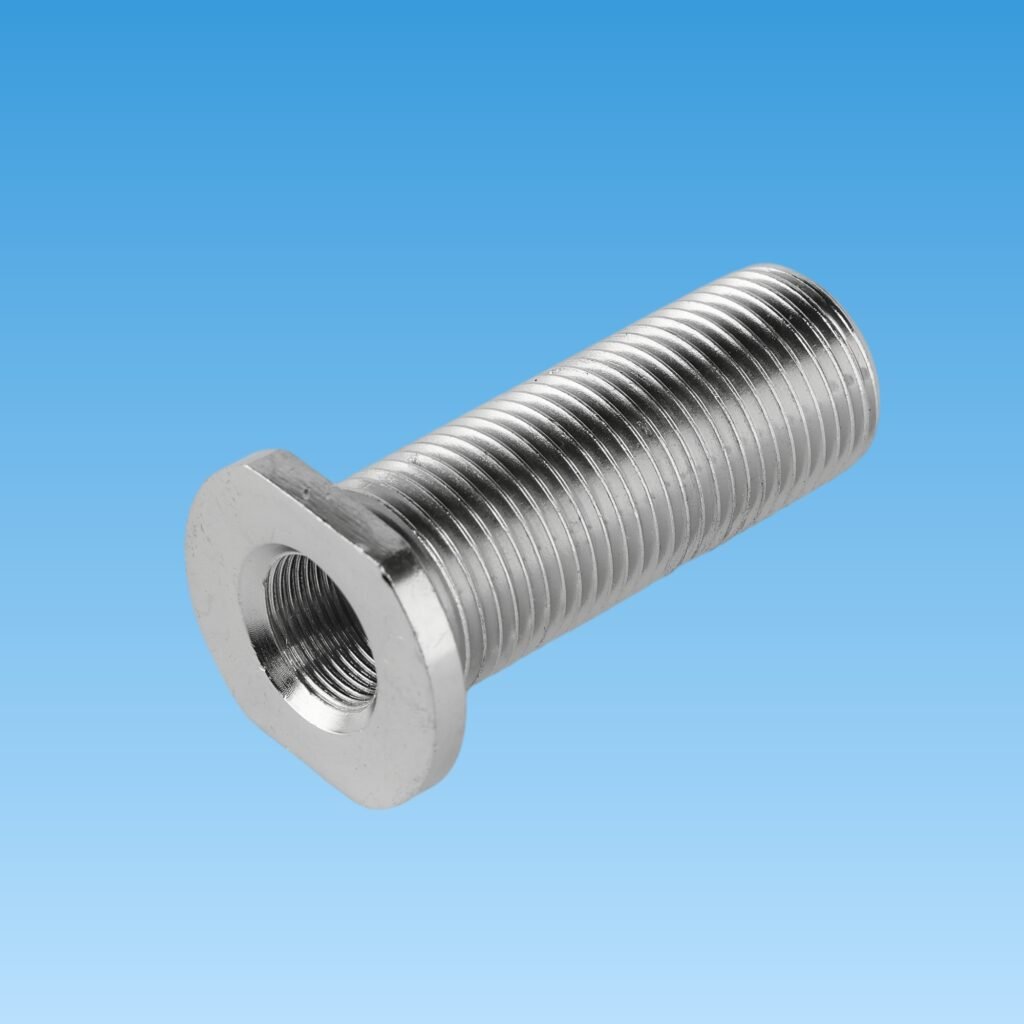Many buyers trust “ISO certified” fasteners, but they often don’t understand what this standard actually accepts—or rejects.
ISO 3269 defines general acceptance criteria for mechanical fasteners, focusing on visual defects, dimensional accuracy, material quality, and packaging. It ensures consistent inspection standards across global suppliers.

For a long time, I worked with buyers who were frustrated. Their orders were “ISO-compliant,” yet still showed rust spots, burrs, or inconsistent threads. That’s when I started digging into ISO 3269 myself. I realized it doesn’t guarantee perfection. Instead, it defines what’s acceptable. If you’re sourcing fasteners, especially from suppliers across different countries, knowing what ISO 3269 includes—and what it leaves out—can help you avoid surprises and plan smarter.
What are fasteners selection criteria?
When fasteners fail, the result is often costly: parts detach, machines jam, or safety becomes a risk.
The key selection criteria for fasteners include mechanical strength, corrosion resistance, application fit, material compatibility, and cost-efficiency.

When I help buyers source fasteners, I ask five simple questions. What is the function of the fastener? Will it face corrosion, like in marine environments? Does it need to handle heavy loads? Will it be visible in the final product? And what’s the volume and budget?
Key Fastener Selection Criteria
| Criteria | What to Check | Why It Matters |
|---|---|---|
| Mechanical Strength | Tensile, shear, and fatigue strength | Prevents failure under load or vibration |
| Corrosion Resistance | Zinc plating, stainless steel, coatings | Extends life, especially in harsh settings |
| Material Compatibility | Same or compatible material with the joined parts | Prevents galvanic corrosion |
| Application Fit | Head type, length, diameter, thread | Ensures proper function and ease of use |
| Cost Efficiency | Unit price, minimum order, supplier reliability | Balances budget and performance |
I’ve seen clients switch to stainless steel for outdoor use, only to discover thread galling due to over-tightening. So, the “best” material depends on use—not just specs.
What are the factors to consider when choosing fastenings?
Sometimes the smallest component can cause the biggest delays. A single missing washer or wrong screw type holds up an entire line.
When choosing fasteners, consider mechanical load, temperature range, chemical exposure, assembly method, and future maintenance needs.

Let’s say you’re building a device that heats up during use. You’ll need fasteners that can expand with the material without loosening. In another project, the buyer needed screws that would hold firm inside a plastic housing—without cracking it. That’s why we recommended thread-forming screws for thermoplastics.
Fastening Factors Breakdown
| Factor | Example Problem | Best Practice |
|---|---|---|
| Mechanical Load | Joint loosens due to vibration | Use lock washers or thread-locking compounds |
| Temperature Range | Metal expands, distorting joint | Match materials with similar thermal expansion |
| Chemical Exposure | Rust or corrosion in acids or salt spray | Use coated or corrosion-resistant alloys |
| Assembly Method | Misalignment during robotic assembly | Choose self-centering or pilot-point designs |
| Maintenance Frequency | Fasteners wear out with repeated removal | Use reusable threads or captured fasteners |
Understanding these factors early can reduce rework and save costs later. I always advise clients to review both function and environment together, not in isolation.
What is the ASME standard for fasteners?
Some buyers ask for “ASME certified bolts,” assuming it means the same as ISO or DIN—but they are not the same.
The ASME standard for fasteners is ASME B18, which includes specifications for dimensions, tolerances, materials, and testing of bolts, screws, nuts, and washers.

I once worked with a client in the US who had problems with imported metric screws. They matched ISO sizes, but not ASME tolerances. The screws didn’t fit cleanly into their inch-based fixtures. That project taught me to always double-check which standard the client really needs: ISO or ASME.
ASME vs ISO Fasteners Overview
| Standard | Common Use Location | Units | Key Documents | Focus Points |
|---|---|---|---|---|
| ASME B18 | North America | Inch-based | B18.2.1, B18.6.3 etc. | Tolerances, thread design, materials |
| ISO 898 | Europe, Asia | Metric-based | ISO 898-1, 898-2 | Strength grades, mechanical tests |
If your product is built in the US but assembled in Germany, you need to plan ahead. Mixing ASME and ISO components can cause mismatches unless carefully cross-referenced.
What is the standard for fastener testing?
No matter what catalog or datasheet says, if the parts can’t pass testing, they won’t be used.
Fastener testing is guided by ISO 898 (mechanical properties), ISO 3269 (acceptance inspection), and other tests for coatings, torque, and hydrogen embrittlement.

One of my clients ordered 10,000 screws with a black oxide finish. They looked great, but they failed the salt spray test within 24 hours. The cause? Inconsistent coating thickness. That’s when we introduced third-party salt spray testing for every batch.
Common Fastener Tests and Standards
| Test Type | Standard Reference | What It Checks |
|---|---|---|
| Tensile Strength | ISO 898-1 | Resistance to pulling force |
| Hardness | ISO 6508 | Surface and core hardness |
| Salt Spray Test | ISO 9227 | Corrosion resistance of coatings |
| Torque Testing | ISO 16047 | Torque-tension relationship |
| Hydrogen Embrittlement | ASTM F519 | Delayed failure in high-strength steels |
Testing isn’t just about passing. It’s about proving reliability before failure happens. A good supplier will share test reports, and better yet, agree to customer-specific testing conditions.
Conclusion
Understanding ISO 3269 and related fastener standards helps you choose the right parts, reduce risk, and keep your supply chain running smoothly.


